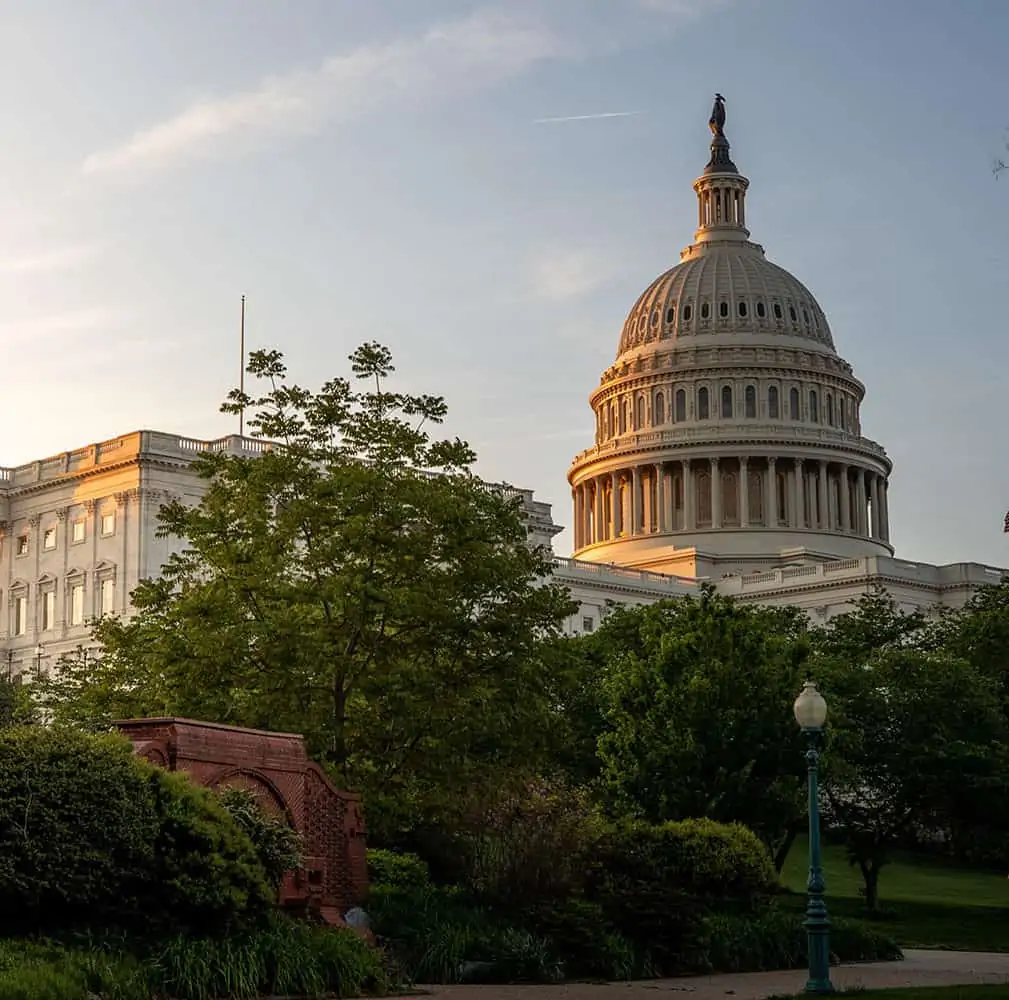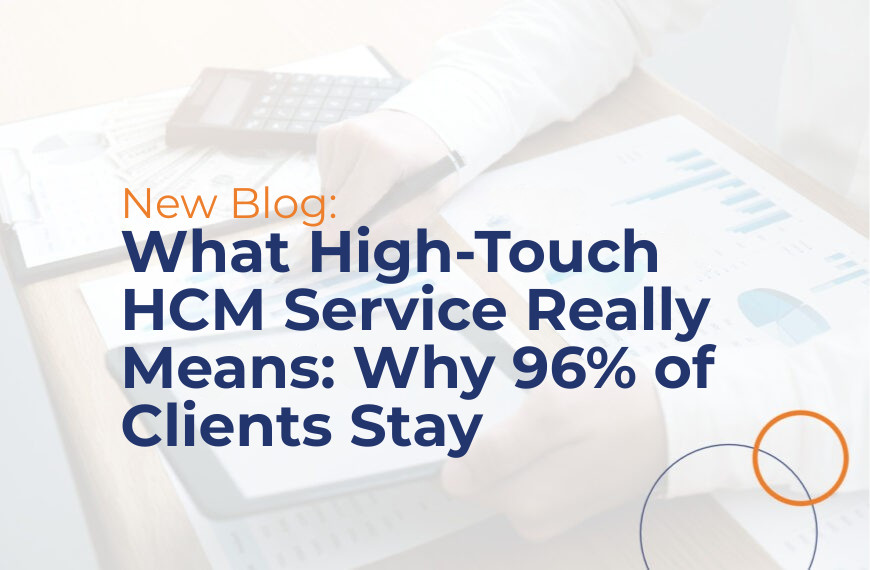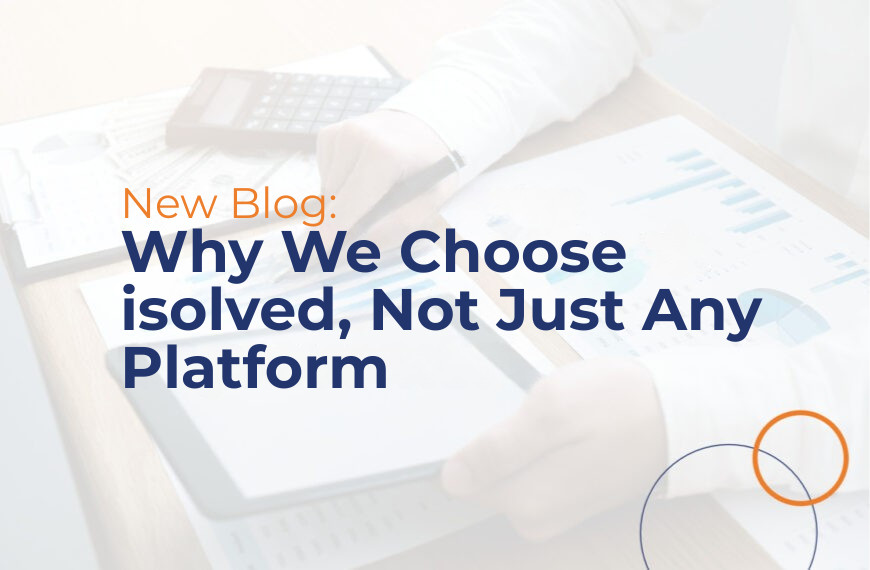2021 HR Updates: COVID Vaccine, PPP Loans, and Employee Retention Tax Credits

***Note that the information in this article is current as of January 15th.
Is your team up to date on the 2021 HR updates from Washington? Do you know about the latest updates for PPP loans? Get tips from MP’s HR services on the best HR strategies to help you stay in compliance and the programs your business could use to get financial support through the pandemic.
The COVID Vaccine
Ready or not, workplaces will need to decide what to do about the COVID vaccine. Will they require it, and what will this mean? Here are the latest HR updates MP’s experts can share.
- The EEOC has shared that in some cases, employers may be able to create employee policies requiring COVID vaccination. Guidance says that simply administering the vaccine will not violate the ADA.
- It’s important that employers proceed with caution, though. Right now, it’s more likely that medical settings are the only workplaces that could easily make a good case for legally requiring employees to get the COVID vaccine. They are likely to be able to make a logical case that COVID and unvaccinated employees pose a threat to the business, clients, patients, etc.
- Employees may ask for an exception or accommodation from COVID vaccine policies for a few reasons: they have an allergy or medical condition, they have a disability (covered under the ADA) that prevents them from getting vaccinated or getting vaccinated will violate the tenets of their religious practice.
- The best HR practice here would be not to create a super strict mandatory vaccination policy. Leave wiggle room for exceptions. It would also help to create policies based of mandatory flu vaccination policies and to work with HR consulting like MP’s. This is such a delicate matter that you’ll want expert advice to avoid legal and liability exposure.
DOL HR Updates that You Need to Know to Stay in Compliance
The DOL has made a few rulings already in late 2020 and early 2021. Don’t miss out on these, as they may affect your ability to stay in compliance.
- The DOL has passed a rule on identifying independent contractors. This is the Independent Contractor Final Rule, which will take effect on March 7th. The rule shifts the focus on who is an employee and who is an independent contractor. Now, the two most paramount criteria are the Economic reality test. It consists of 2 core factors:
- The degree of the worker’s control over their work, i.e., when to report to work, how they complete job duties, etc.
- The worker’s ability to realize a profit or loss. If a worker can realize a loss or profit independently of the employer, they are an independent contractor.
- The degree of the worker’s control over their work, i.e., when to report to work, how they complete job duties, etc.
- The Independent Contractor Final Rule renders other considerations less important. This means that factors that used to matter in determining if a worker was an employee or independent contractor have been explicitly given less weight. These include a worker’s skill, the permanence of the relationship between the worker and employer, and how integrated they are with the employer’s staff or department. Most notably, benefits have been clarified as bad criteria for determining if a worker is an independent contractor. Providing perks, benefits, or reimbursements no longer automatically renders a worker an employee. However, if they do get access to the same benefit plan as other full-time employees, then they themselves are also most likely employees (not contractors).
Please note that state laws regarding employee/independent contractor classification can vary greatly. In most cases, the law that is most beneficial to the worker takes precedence. If employers have workers in states with stricter independent contractor tests, they will want to continue observing those guidelines.
- Electronic notices and postings: Because so many workplaces have gone remote, either temporarily or permanently, the DOL has allowed workplaces to share required notices and postings electronically with workers. This means they can be shared via email and intranet. They need to be easily referred to, not just shared and then they disappear.
- Telemedicine and the FMLA: Telemedicine visits may now count for FMLA requirements if they meet certain guidelines. These visits cannot just be a call to a doctor’s office. They must be a true interaction between doctor and patient.
- FFCRA leaves have been extended: There is now an optional extension of FFCRA leave into 2021. Note that employees can’t take more leave if they’ve exhausted it. However, an employer has the option to grant them FFCRA leave until the end of March if they haven’t taken it yet and do indeed qualify for it. Employers are not required to grant FFCRA leave now, though. They should, of course, deny or approve FFCRA leave in a uniform way across their staff to avoid accusations of discrimination.
HR Updates on PPP Loans
These updates may save your business a significant amount of money, or even help it gain some cash flow in a difficult time.
- IRS expense deductibility: The IRS originally said that business expenses paid for with PPP loans could not also be deducted on taxes. With the new bill, this has changed and now employers can deduct business expenses on their taxes, even if they’re paid for by PPP loans.
- Emergency Injury Disaster Loan (EIDL) Grants: These are ready for disbursement again and, in many cases, will be provided in up to $10,000 grants. Originally, when people got EIDL grants and PPP loans, the amount of their EIDL grant reduced the amount of forgivable monies on their PPP loans. This bill strikes that, meaning EIDL grants no longer affect how much can be forgiven on a PPP loan now. The bill will also create avenues for the businesses to recoup on forgivable monies if they already applied for forgiveness and lost out on money due to their EIDL grants.
- Additional Covered Expenses: PPP loans can now be used for more expenses outside payroll than previously allowed. (Note that the 60-40% split is still necessary. 60% of a PPP loan must be used for payroll costs. The list of acceptable expenses for the other 40% now includes:
- More insurance types, including life, disability, dental and vision
- Covered supplier costs for goods that are essential to a business
- Worker protection costs, including PPE, barriers, air filtration, health screenings, etc.
- Property damages from public unrest that are not covered by insurance can be paid for with PPP funds.
- Covered operations expenditures, including software and cloud computing can also be paid for with PPP funds. This includes Payroll and HR solutions, HCM solutions, and HR consulting (all of which MP provides), accounting, and sales and billing costs.
- More insurance types, including life, disability, dental and vision
- The covered period flexibility has gone from 8 to 24 weeks. People can now use 8 weeks, 24 weeks, or any increment of time between them.
- There is a simplified forgiveness process and form (just one page) for PPP loans under $150,000. The form hasn’t been released yet, but likely will be on January 20, 2021. It will only require borrowers to attest to:
- The number of employees retained
- The estimated loan amount used for payroll
- The loan total
- The number of employees retained
- Unfortunately, if somebody has already applied for forgiveness, most of the above items will not be applicable to them. These items will just apply to employers who haven’t applied for forgiveness yet.
- For the new round of PPP loans, applicants must have fewer than 300 employees and be able to show a 25% or greater gross receipts reduction in comparable quarters between 2019 and 2020. Some new entities may apply:
- Nonprofits that fall under 501(c)6, including chambers of commerce.
- Local media outlets, which originally couldn’t have applied because of their affiliation with larger networks.
- The application deadline for this round of PPP loans will be March 31, 2021 or when the $284 billion that was set aside for the program has been exhausted. Available lenders may be different, and borrowers are not required to use the same lender if they already got a PPP loan previously. Lenders must apply and be approved to participate, and some banks may choose not to participate this time around. It’s worth noting that safe harbors for lenders have been added. This language to protects lenders from litigation if the borrower is fraudulent.
- Maximum loan amounts: on this round of PPP funding, employers may receive the lesser of $2 million or 2.5x average monthly payroll (either from the calendar year 2019 or the 12 months prior to the loan, whatever is more advantageous). If the borrower is in the Food and Accommodation Services (this means they need to have NAICS code 72), they can get 3.5x monthly payroll.
- Nonprofits that fall under 501(c)6, including chambers of commerce.
Employee Retention Tax Credit HR Updates
The Employee Retention Credit (ERTC) could save employers some significant money. Many didn’t take advantage of it initially because they thought they could only choose to use their PPP or this program. The new bill allows them to use both. (Note that there is a caveat, which is that employers cannot apply the credit to wages that they used forgiven PPP funds on. One way to deal with this is to be very strategic about what the chosen covered period is.) There is now also ERTC available for the first two quarters of this year. To be eligible, employers must have fewer than 500 employees and be able to prove that year over year gross receipts have declined by 20% (rather than 50%, as it was previously).
To be eligible for retroactive 2020 ERTC, employers need to be able to prove that their gross receipts have declined by 50%. They could also choose to prove that for the quarter that the credit is claimed for, the employer had to have a full or partial shutdown due to a governmental order.
Employers with less than 100 employees could claim the employee retention tax credit for any employee they paid. Employers with more than 100 employees can only claim the retention credit for all workers who were paid, but not performing any work.
It used to be the case that the amount of the credit an employer could claim was up to 50% of each eligible employee’s wages, for up to $10,000 in wages. The total maximum credit for 2020 is $5,000 per employee. Now, an employer can claim up to 70% of each eligible employees’ wages, up to $10,000 per quarter. This maxes out at $7,000 per employee in both the first and second quarters of 2021 for a total possible 2021 ERTC of $14,000 per employee.
The SBA7(a) and Other Programs Employers Should Know About
Below are some additional HR updates on grants and loans that employers might fund useful as they try to make it through the pandemic.
- The SBA7(a) is another type of loan. It can be used towards working capital, inventory, equipment costs, and business acquisitions. It’s available in amounts of up to $5 million in loans if you have 500 employees or $7.5 million or less in annual receipts. Borrowers do not need to be able to show losses to qualify. Some loan relieve will be offered of up to $9,000 per month in repayment assistance for 6 months of new loans of up to 8 months of assistance in select industries.
- Save Our Stages Grants will provide grants of up to $10 million for theatres, etc.
- For those who took advantage of employee social security tax deferral, repayment has been extended to 12/31/2021.
- Business meals are now 100% deductible on taxes.
- Some state-level grants may become available in addition to PPP loans, EIDL grants, etc.
- FSA relief:
- There will be a rollover of 2020-2021 and 2021-2022, which will allow a grace period extension for an entire 12 months.
- Employers may allow ‘spend down’ for terminated employees. This only used to be allowed for dependent care.
- Dependent care eligibility can now be covered up to age 14
- Mid-year changes are now allowed
- There will be a rollover of 2020-2021 and 2021-2022, which will allow a grace period extension for an entire 12 months.
Recent Posts
- Part 2: Compliance Landmines for Employers — How to Avoid Costly Mistakes Under the BIG, Beautiful Bill
- Breaking Down the BIG, Beautiful Bill: What Employers Need to Know Now
- New “Junk Fee” Law: What Restaurants and Employers Need to Know
- What Dedicated HCM Support Teams Actually Do
- Why We Choose isolved, Not Just Any Platform: The Smart Way Independent HCM Providers Select Technology
Categories
- ACA (10)
- AI (6)
- BizFeed (6)
- Business Strategy (119)
- COBRA (5)
- Compliance (240)
- COVID-19 (92)
- Diversity (12)
- eBooks (19)
- Employee Engagement (33)
- Employee Handbooks (24)
- ERTC (29)
- FFCRA (7)
- HR (308)
- MP Insider (13)
- Payroll (161)
- PFML (9)
- PPP (24)
- PTO (5)
- Recruiting (54)
- Remote Work (39)
- Return to Work (32)
- Unemployment (1)
- Wellness (22)
Archives
- October 2025
- September 2025
- August 2025
- July 2025
- June 2025
- May 2025
- April 2025
- March 2025
- February 2025
- January 2025
- December 2024
- November 2024
- October 2024
- September 2024
- August 2024
- July 2024
- June 2024
- May 2024
- April 2024
- March 2024
- February 2024
- January 2024
- December 2023
- November 2023
- October 2023
- July 2023
- June 2023
- May 2023
- April 2023
- March 2023
- January 2023
- December 2022
- October 2022
- September 2022
- August 2022
- July 2022
- June 2022
- May 2022
- April 2022
- March 2022
- February 2022
- January 2022
- December 2021
- November 2021
- October 2021
- September 2021
- August 2021
- July 2021
- June 2021
- May 2021
- April 2021
- March 2021
- February 2021
- January 2021
- December 2020
- November 2020
- October 2020
- September 2020
- August 2020
- July 2020
- June 2020
- May 2020
- April 2020
- March 2020



